Science news in brief: From blood-sucking finches to 900-year-old grapes
And other news from around the world
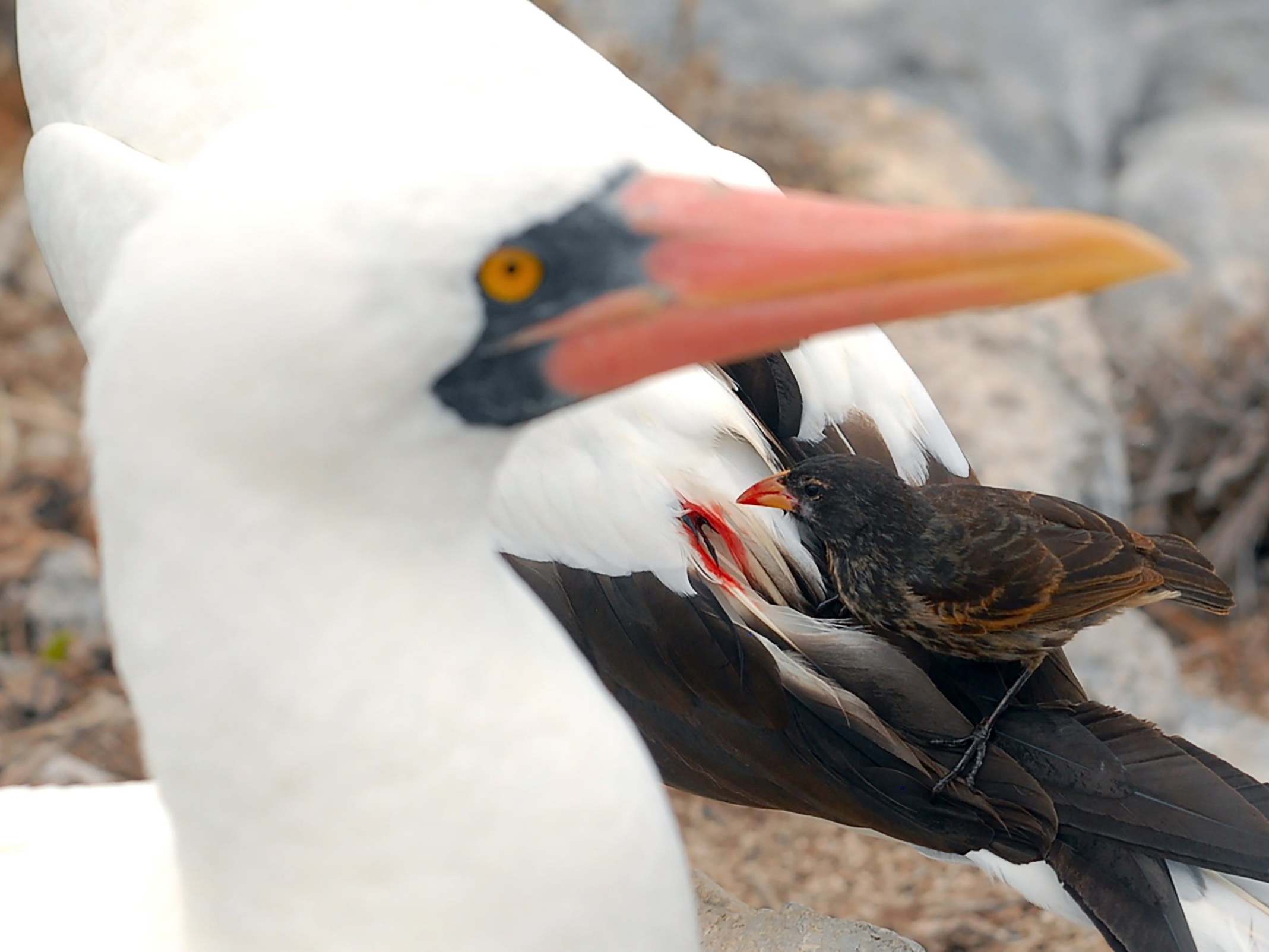
Your support helps us to tell the story
From reproductive rights to climate change to Big Tech, The Independent is on the ground when the story is developing. Whether it's investigating the financials of Elon Musk's pro-Trump PAC or producing our latest documentary, 'The A Word', which shines a light on the American women fighting for reproductive rights, we know how important it is to parse out the facts from the messaging.
At such a critical moment in US history, we need reporters on the ground. Your donation allows us to keep sending journalists to speak to both sides of the story.
The Independent is trusted by Americans across the entire political spectrum. And unlike many other quality news outlets, we choose not to lock Americans out of our reporting and analysis with paywalls. We believe quality journalism should be available to everyone, paid for by those who can afford it.
Your support makes all the difference.Vampire finches!
For half the year, a little brown bird on the northernmost islands of the Galapagos uses its wickedly sharp beak to pick at seeds, nectar and insects. But when the climate dries out, it drinks blood. Yes, there is such a thing as a vampire finch. Yes, it is what it sounds like. Galapagos finches have been used since Darwin’s time to illustrate evolution in action. Even among them, Geospiza septentrionalis is an outlier, one of the few birds in the world to intentionally draw and drink blood. And the species is found only on Wolf and Darwin islands, two of the most remote and off-limits places in the entire archipelago.
The vampire finch has a method. First, one bird hops on the back of a resting nazca booby, pecks at the base of the seabird’s wing, and drinks. Blood stains the booby’s white feathers. Other finches crowd around to wait their turn, or to watch and learn. Because adult boobies can fly away, the attacks are seldom fatal. The only casualties are chicks that flee from the finches on foot and, unable to find their way back, starve.
Drinking blood is an unusual diet, and research published last year showed vampire finches have evolved specialised bacteria in their guts to aid digestion. Even more surprising, according to a paper last week in the journal Philosophical Transactions of the Royal Society B, is that some of these bacteria are similar to ones found in the vampire bats of Central and South America.
Se Jin Song, a biologist at the University of California San Diego and the study’s lead author, had previously studied the convergent evolution of gut bacteria. Do disparate animals with the equivalent of fad diets – eating only ants and termites, for instance – develop similar gut microbiota over evolutionary time? Vampire finches, first spotted in 1964, provided Song with a chance to look across the guts of blood-drinkers from different branches of the tree of life. “When I found out about vampire finches I was pretty shocked,” she said.
Blood-drinking finches don’t have it easy. They only resort to their vampiric diet in lean times, and blood is dangerously high in salt and iron – and low in essential nutrients such as B vitamins. Vampire bats face the same dietary challenges. As Song’s team showed in their paper, the two gut microbiomes did have one ingredient in common that could help with digesting blood: high levels of Peptostreptococcaceae, a group of bacteria thought to help process sodium and iron.
Song’s co-authors, Jaime Chaves, of the University of San Francisco de Quito, in Ecuador, and Daniel Baldassare, a fellow biologist, are testing whether the finches have also evolved any of the pain-numbing or anti-clotting proteins that vampire bats use on their victims.
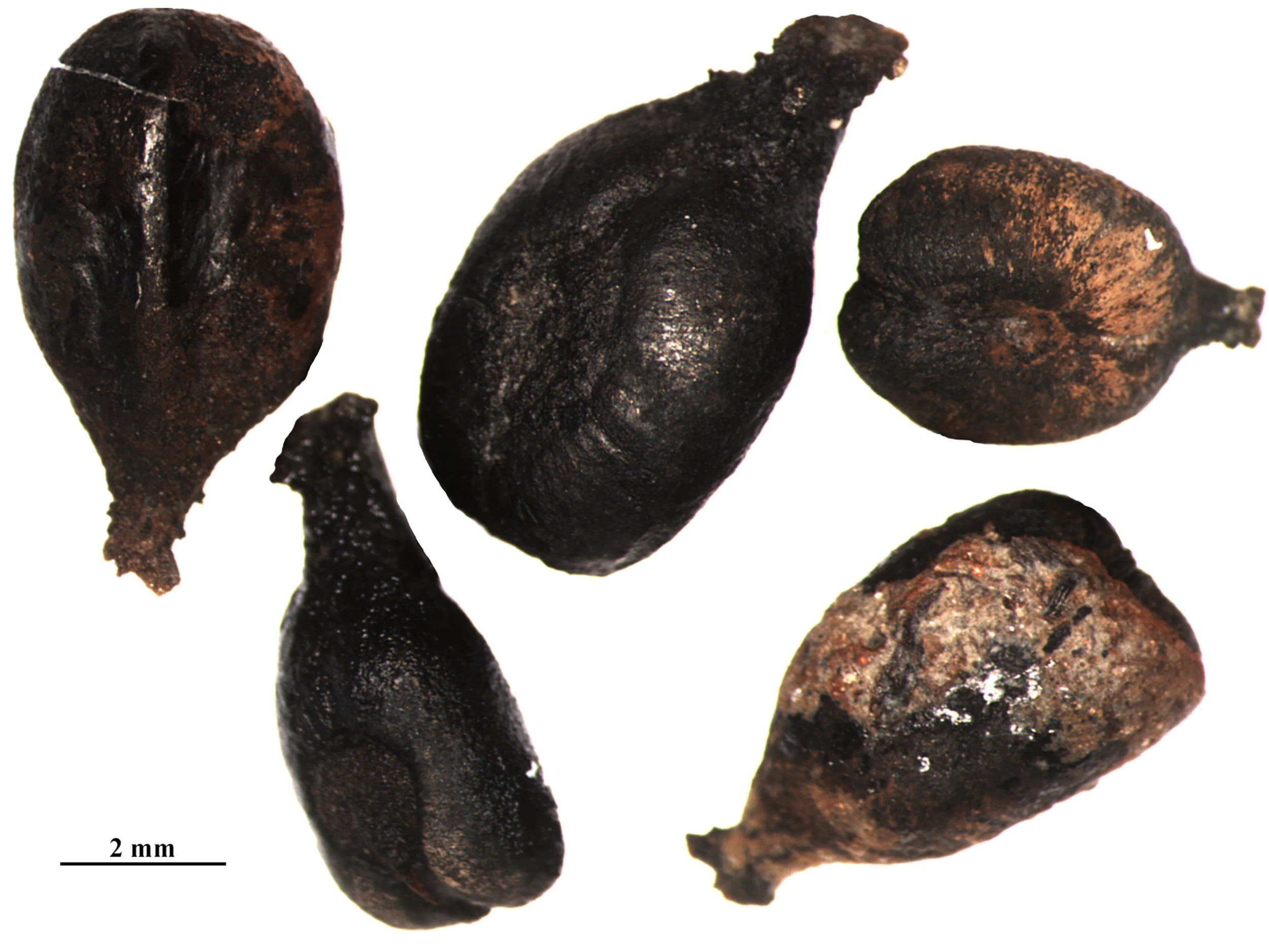
French wine with a 900-year-old vintage
Savagnin blanc – not to be confused with the sauvignon blanc the sommelier recommended with your cheese course – is a fruity, acidic grape from the hills of Jura, near France’s border with Switzerland. And if you sample the region’s white wines, you’ll be tasting the exact same grape, down to the genetic level, that has gone into its wines for some 900 years.
“It’s kind of frozen in time,” said Nathan Wales, an archaeologist and lead author of a new paper in the journal Nature Plants. “I had assumed that they were just recycling the names, and lineages would come and go, but we can see that’s not the case.”
The study followed an analysis of the DNA of 28 grape seeds found in wells and latrines at various archaeological sites in France, where crushed wine grapes were dumped, or simply excreted by animals or people who ate them. Wales’ team then compared those sequences to GrapeReSeq, a genetic bank for contemporary wine grapes.
Their findings reinforce how winemakers can devote centuries of loyalty to certain varieties of grapes. Faced with the choice of letting nature takes its course and allowing new grape varieties to develop, or sticking with a reliable fruit by grafting vines to create perfect clones, most growers have spent the last 10 or 20 centuries learning how to better produce what works.
The new DNA results are consistent with historical records, which had suggested viticulture in this region goes back at least 2,000 years. Back in the first century, when Roman vineyards dotted southern France, Pliny the Elder described 91 grape varieties. He also described the grafting technique still commonly used for cloning grapevines. But it hasn’t been easy to link the Roman names he used to current vines.
Wales’ team found continuity that might reach back to Pliny’s age. In La Madeleine, a church complex in the city of New Orleans, a seed found in an almost 1,000-year-old cesspit turned out to be an exact match for modern-day savagnin blanc.
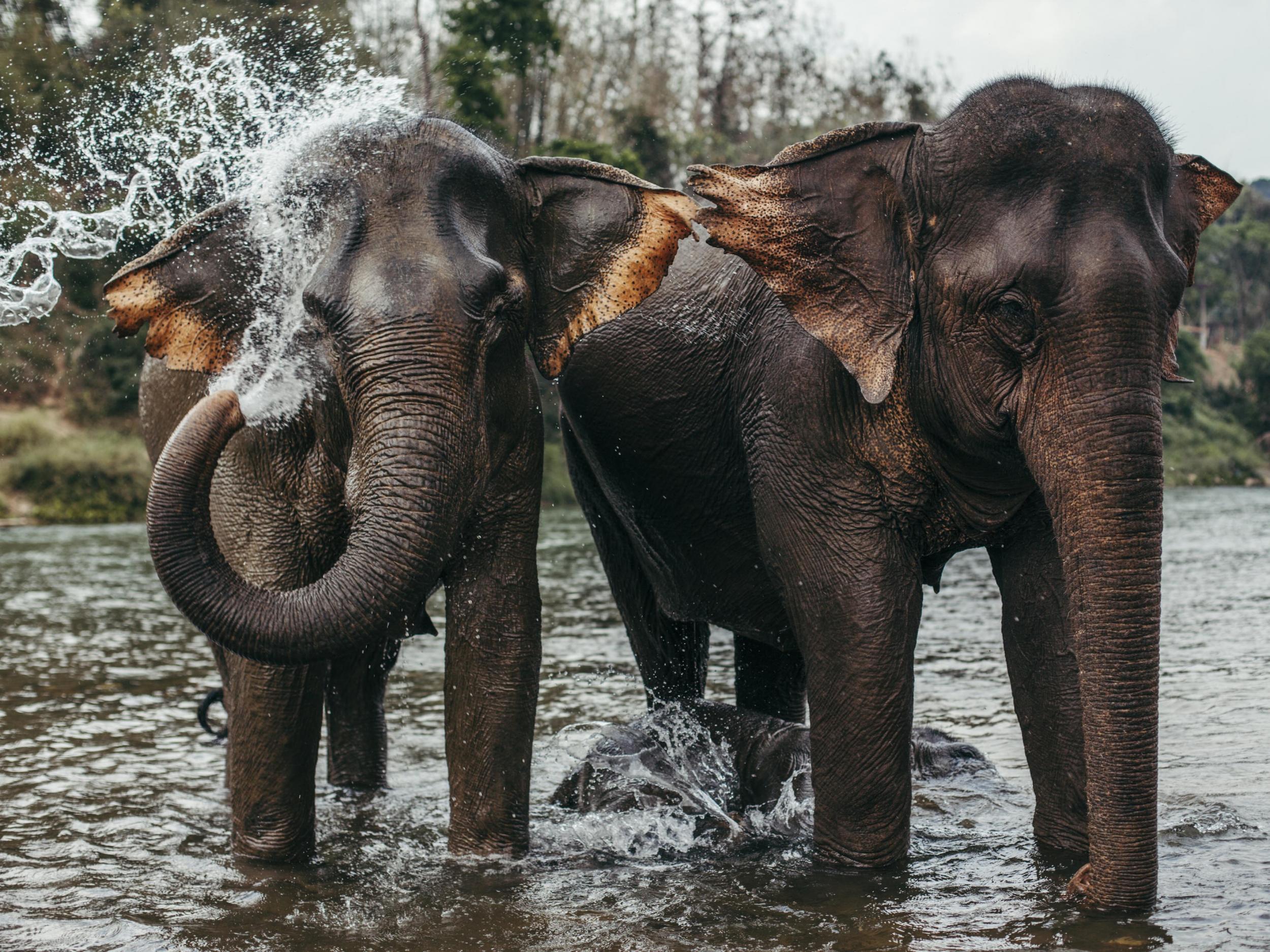
Great memories... and even better noses
Elephants keep surprising us. They live complex social lives, cooperate, show altruism and grieve their dead. And now, in the latest evidence of their sophisticated cognitive abilities, elephants appear to be able to distinguish relative amounts of food merely by smell, researchers say. The findings, reported in Proceedings of the National Academy of Sciences of the United States of America, suggests elephants’ olfactory worlds are richer and more informative than ours.
Many tests of animal cognition rely on vision – an elephant or a crow is shown, say, two buckets with different amounts of food, and prompted to choose between them. Some species do quite well at this task, suggesting they can make visual estimates of quantity. Others don’t seem to notice the difference. But such visual tests overlook that other senses, like smell and hearing, may be even more important to how some animals navigate the world.
Elephants raise their trunks up like a submarine periscope to sniff their environment, potentially gathering information to aid in decision-making, said Joshua Plotnik, a professor of psychology at Hunter College in New York, an author of the new study. To see if elephants could distinguish different amounts of food using only scent, Plotnik and his colleagues devised a series of experiments that were performed at the Anantara Golden Triangle Elephant Camp and Resort in Chiang Rai, Thailand.
Six Asian elephants were presented with pairs of plastic buckets, one of which had more sunflower seeds than the other, in a range of ratios. The buckets were covered with lids that the elephants could not see through, but with holes that smells could escape through. The elephants were allowed to choose one bucket to open and eat.
As researchers analysed the elephants’ selections, they found something surprising in some of the tests. “Remarkably, when we put two different quantities in the buckets, the elephants consistently chose the quantity that had more over less,” Plotnik said.
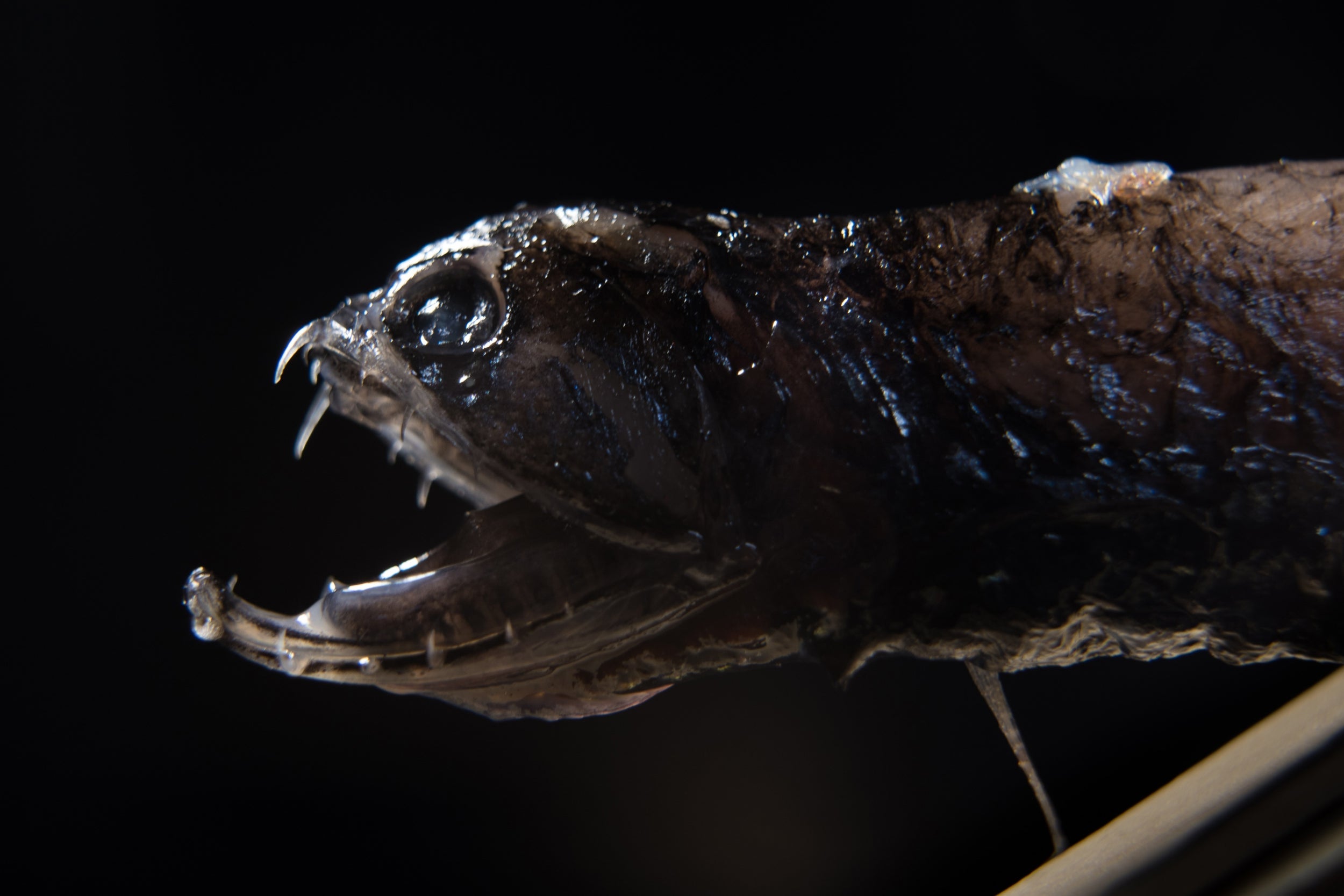
Deep-sea dragonfish’s transparent teeth are stronger than piranhas’
Unassuming dragonfish lurk more than 1,600ft under the surface of the ocean. Dark, eel-like and roughly 3.5in long, these deep-sea creatures glow with bioluminescence and have evolved a sensory system that allows them to detect even the subtlest movements in the ocean’s shadowy realms, then attract and capture their prey.
In a new paper published in the journal Matter, scientists demonstrated another layer of complexity to the dragonfish: the thin, jagged teeth of the species Aristostomias scintillans are made of nanoscale-size crystal particles. The composition of these nanocrystals make the dragonfish’s fangs transparent and stronger than the teeth of some of the fiercest fish predators, including great white sharks and piranhas.
The new findings have intrigued both marine biologists and material scientists. Dragonfish aren’t strong swimmers, so researchers have wondered how they eat. For material scientists, understanding the details of dragonfish teeth could help lead to new synthetic materials that are both strong and transparent, said Emanuela Del Gado, a material physicist at Georgetown University in Washington DC.
Marc A Meyers, lead author of the new paper and a materials scientist at the University of California, San Diego, has long studied animals for inspiration to develop novel materials. In the beaks of toucans, the shells of abalones and leatherback turtles, and the scales of pangolins and alligators, he has discovered structures that, when synthesised or mimicked in the lab, could have potential real-world applications.
When Meyers and his colleagues took a closer look at the dragonfish teeth using electron microscopy, they were surprised to discover tiny crystals, ranging from five to 20 nanometers in diameter, embedded throughout the teeth. “At first, we thought that it was some type of glass,” Meyers said. The structure differed from the enamel in human teeth.
The composition of these nanocrystals make the teeth not only strong but transparent. Dragonfish may have evolved such teeth to help them become effective predators. “Their wide-open mouth, armed with transparent, sabre-like teeth, effectively disappear in the surrounding blackness,” said Jacqueline Webb, a fish biologist at the University of Rhode Island. Neither Webb nor Del Gado were involved in the study.
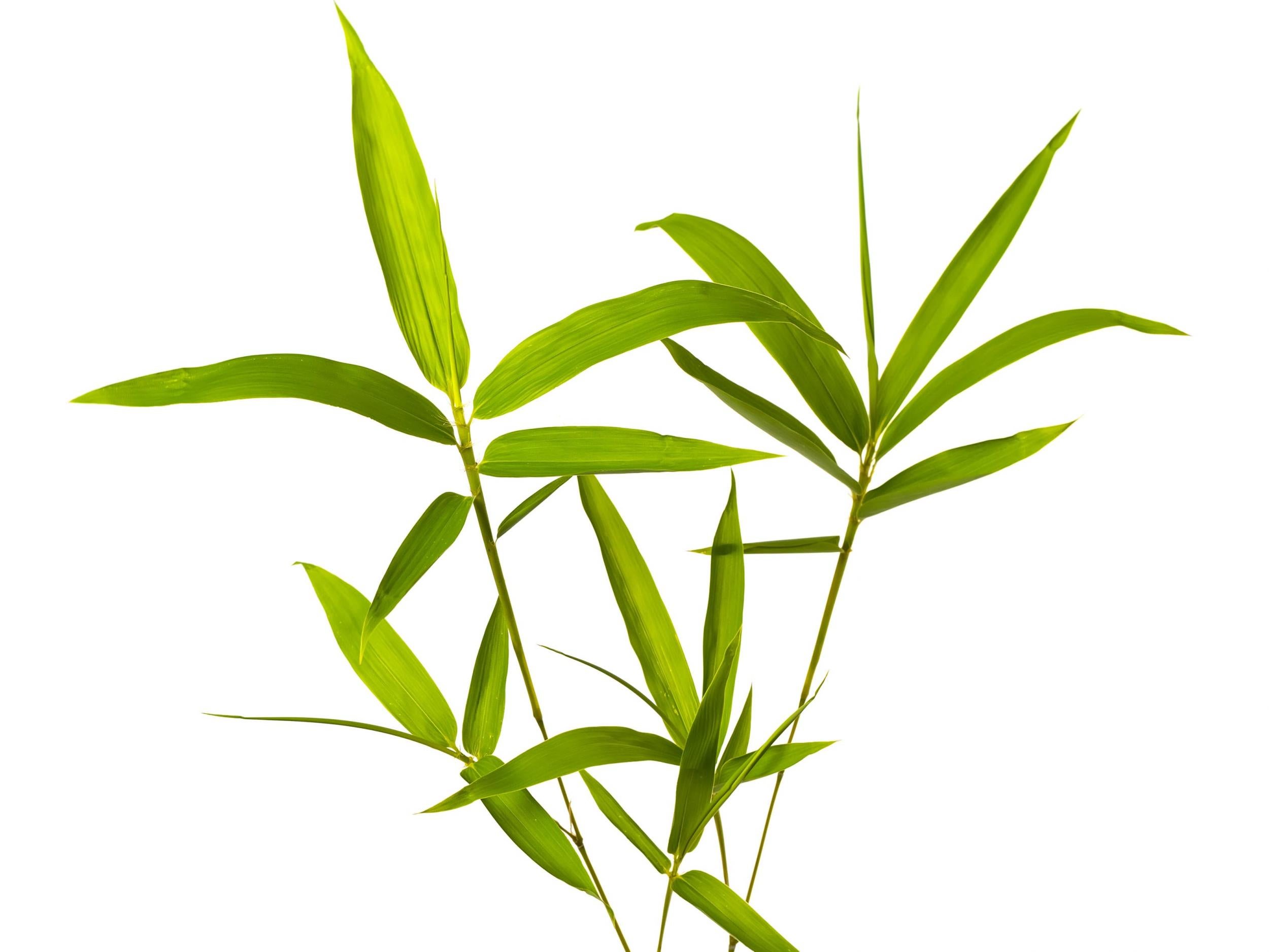
Finding patterns in nature
Next time you go outside, take a minute to look at your local leaf arrangements. You’ll probably notice a few different patterns. In basil plants, each leaf is about 90 degrees – a quarter-turn – from the last, a template called “decussate”. Bamboo leaves are directly opposite each other, or “distichous”, while the spiral aloe plant forms a swirl that follows the Fibonacci sequence.
And then there’s Orixa japonica. The shrub, which is common in Japan, has glossy green leaves that are arranged asymmetrically, in a kind of spinning stagger-step. If you begin with the oldest leaf and move up the twig, the next will be 180 degrees away. The third leaf is 90 degrees from the second, the fourth 180 degrees from the third, and the fifth 270 degrees from the fourth. After that, the sequence starts again.
A few other unrelated plants, including the red-flowered torch lily of South Africa and a popular flowering tree called the crepe myrtle, also display this leaf layout, which is called “orixate” after its main showcase. It’s a “peculiar pattern” previously unexplained by science, said Munetaka Sugiyama, a plant physiologist at the University of Tokyo. In a study published in PLOS Computational Biology, Sugiyama and his colleagues present the first mathematical model that successfully accounts for this unusual arrangement.
Sugiyama, who often walks past Orixa japonica shrubs at his university’s botanical gardens, has long been intrigued by leaf arrangements, or phyllotaxis. But it was “just my hobby”, he said, until he found a kindred spirit in Takaaki Yonekura, now a graduate student. About five years ago, he joined Sugiyama’s lab, and the two began studying orixate patterns.
“I was so excited at the topic,” Yonekura said. The researchers started with an existing phyllotaxis equation called the Douady and Couder 2 model, or DC2. Developed in 1996, the DC2 model is based on the assumption that each leaf exerts a chemical “inhibitory power” on the area surrounding it – a sort of force field that prevents other leaves from growing. The force peters off with distance until it disappears, allowing new leaves to form.
Subscribe to Independent Premium to bookmark this article
Want to bookmark your favourite articles and stories to read or reference later? Start your Independent Premium subscription today.
Join our commenting forum
Join thought-provoking conversations, follow other Independent readers and see their replies
Comments